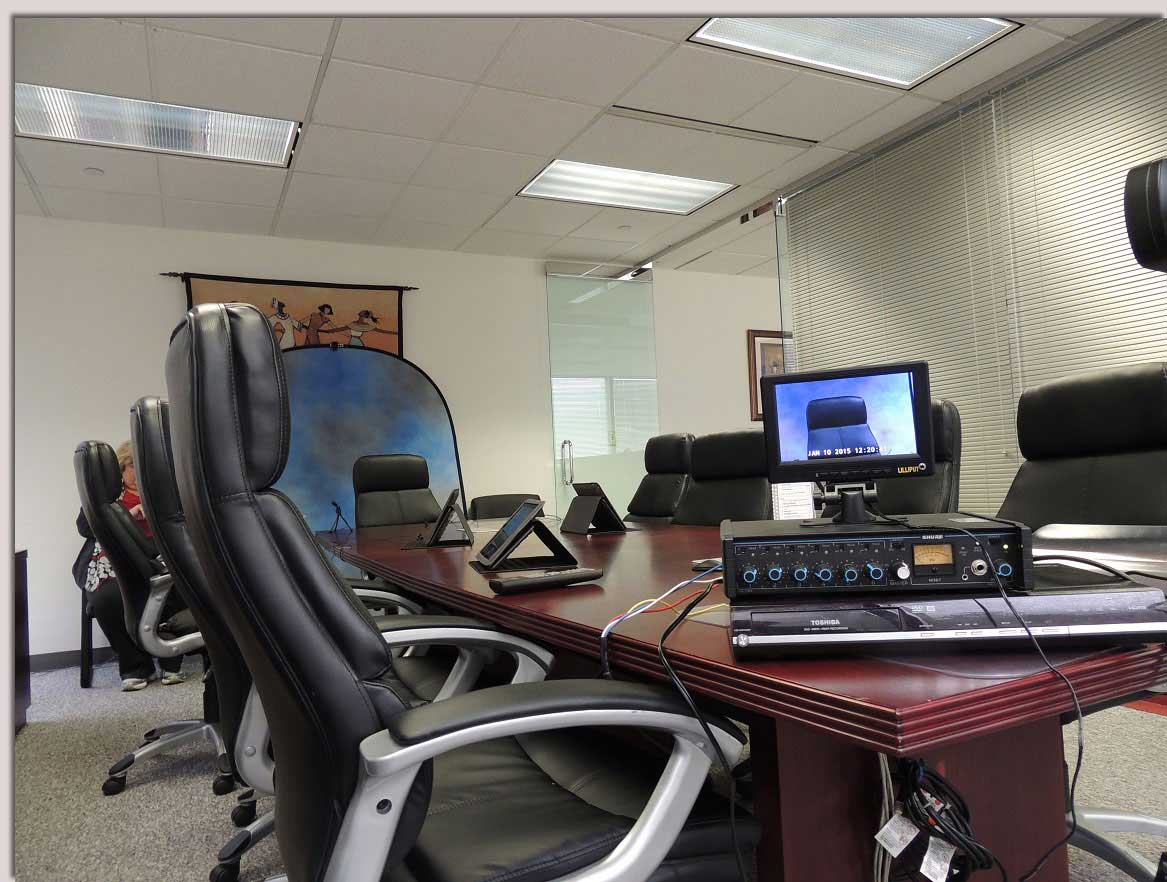Why Lawful Videography Is Important for Accurate Legal Record-Keeping
In the world of lawful proceedings, the precision of record-keeping is critical, and legal videography emerges as an important device in this context. As we explore the complex advantages of legal videography, one must consider its implications for the future of judicial integrity and openness.
Relevance of Visual Evidence
Developing the relevance of visual evidence in lawful proceedings is extremely important for making sure accurate record-keeping and boosting the general stability of the judicial process. Aesthetic evidence works as a vital device in recording occasions, problems, and other pertinent information that might be crucial to a situation. Unlike written accounts, which are vulnerable to interpretation and bias, visual recordings give an objective, unalterable depiction of truths as they occurred.
This form of proof can capture a range of aspects, consisting of witness actions, environmental context, and physical evidence, every one of which may influence judicial results. By providing a clear and thorough visual story, legal videography removes ambiguity and helps to protect the authenticity of the proof.
Furthermore, visual evidence can be crucial in decreasing disputes over accurate disparities, as it enables a direct comparison versus testimony and various other recorded records. In an era where digital innovation is increasingly widespread, the capability to present visual proof successfully can considerably enhance the overall quality of lawful proceedings. Eventually, the consolidation of visual evidence not just reinforces the documents process however also strengthens public rely on the judicial system by advertising openness and accountability.
Enhancing Testimony Trustworthiness
The assimilation of legal videography into court room proceedings significantly boosts the reliability of witness statement. By capturing the subtleties of spoken and non-verbal interaction, video recordings offer a more detailed depiction of a witness's disposition, feelings, and reliability. This visual paperwork permits jurors to observe the witness's body movement, facial expressions, and total manner, which are crucial parts that can affect their understanding of testament integrity.

In addition, the presence of video footage can deter witnesses from providing deceptive or exaggerated statements, as they are mindful that their testimony is being videotaped. This responsibility strengthens the integrity of the judicial process. Ultimately, lawful videography works as a crucial tool in making certain that witness testament is not just properly shown yet likewise viewed with increased reliability by all parties included.
Comprehensive Document Conservation
Comprehensive record conservation is crucial for keeping the honesty of lawful procedures. Legal videography works as a critical tool in this helpful hints process, supplying an accurate aesthetic and acoustic account of testimonies, depositions, and various other zero hours in a case. Unlike standard written records, video recordings capture the nuances of body language, tone, and feeling, which are crucial for comprehending the context and intent behind declarations made during legal process.
Including audiovisual elements into record-keeping boosts the conservation of evidence, making sure that it stays undamaged and available throughout the lawful procedure. This is specifically vital in situations where the dependability of witness declarations may be challenged, as aesthetic recordings can corroborate insurance claims and provide quality. Additionally, video clip records can be indispensable during allures or retrials, offering an unaltered depiction of the original testament.

Furthermore, the capacity to evaluate video evidence allows lawyers to recognize critical information that might have been forgotten in composed documents. By maintaining a thorough archive of lawful procedures with videography, regulation firms can maintain the highest possible standards of precision and liability, inevitably contributing to a fairer judicial procedure.
Simplifying Lawful Process
Improving legal procedures is necessary for boosting performance and decreasing hold-ups within the judicial system. Legal videography acts as a crucial tool in attaining this objective by providing clear and exact aesthetic paperwork of court hearings, depositions, and statements - legal videography. This innovation permits real-time recording, guaranteeing that all verbal and non-verbal hints are caught, which can promote quicker resolution of disagreements
The assimilation of videography right into legal procedures decreases reliance on typical approaches, such as prolonged records, which can be taxing to produce and assess. By having access to tape-recorded video, attorneys can promptly reference key moments, enhancing their ability to prepare and present cases successfully. This immediacy additionally assists in the clarifying of testimonies, decreasing the capacity for misinterpretation.

Admissibility in Court
Exact paperwork is important not only for performance however additionally for making certain that evidence is admissible in court. Lawful videography acts as a vital look at more info device in this procedure, providing a reputable aesthetic document of testimonies, statements, and occasions. Courts commonly call for proof to satisfy specific requirements of admissibility, consisting of relevance, credibility, and integrity. High-quality video recordings can fulfill these standards by catching clear sound and visual information that created records may overlook.
To be considered admissible, legal videography should follow established methods, such as proper devices usage, appropriate illumination, and clear sound capture. Additionally, it is important to have qualified videographers who recognize the legal requirements bordering evidence collection. legal videography. The chain of wardship need to likewise be preserved to avoid any type of cases of meddling or change
Additionally, legal videography can boost the persuasiveness of evidence by giving jurors with a straight view of the statement, permitting a more involved understanding of the instance. In summary, the integration of legal videography into record-keeping not only supports performance however likewise reinforces the stability and admissibility of evidence in court process.
Conclusion
Finally, lawful videography plays a pivotal function in making certain accurate lawful record-keeping by giving unbiased visual documentation. This method improves the trustworthiness of testaments, maintains detailed records, and simplifies lawful proceedings. In addition, the admissibility of high-grade video clip evidence in court further highlights its value. Eventually, the unification of legal videography into the judicial process advertises openness and bolsters public count on the integrity of the lawful system.